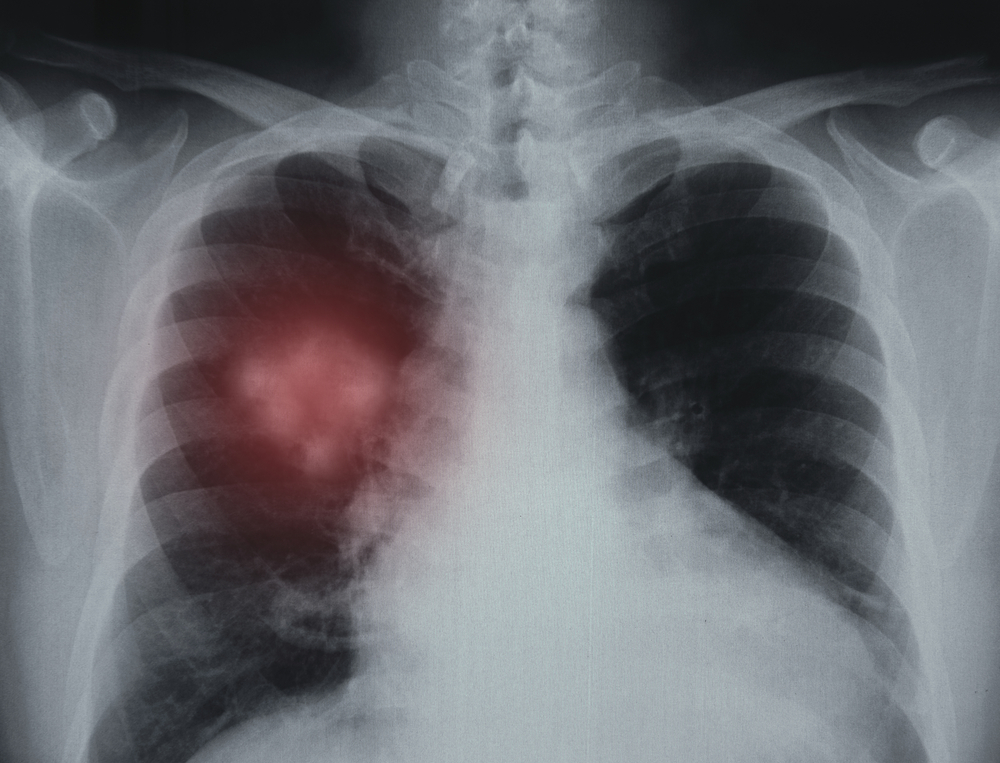
A new potential early-stage lung cancer detection method has emerged, which focuses on changes in the composition of the breath
In a Max Planck Institute for Heart and Lung Research study comprised of 138 healthy volunteers and cancer patients, a breath test—which detected the presence of traces of RNA molecules that are altered by cancer growth— correctly determined the health status of 98 percent of participants.
“The breath test could make the detection of early-stage lung cancer easier and more reliable, but it will not completely supplant conventional techniques,” Guillermo Barreto, a Working Group Leader at the Max Planck Institute, said in a statement. “However, it can complement other techniques for detecting early cancer stages and reduce false-positive diagnoses.”
The researchers analyzed RNA molecules from lung tissue into expired breath, which is not identical in every cell. The research team observed that cancerous and healthy cells contain different amounts of GATA6 and NKX2 genes, RNA variants.
The researchers were able to isolate RNA molecules, which have an extremely low concentration in expired breath but are also frequently highly fragmented.
Lung cancer is known for its insidious and largely symptom-free onset, which often remains unnoticed, causing the majority of lung cancer patients to pass away within five years of the diagnosis. According to the study, lung cancer is the leading cause of cancer-related deaths worldwide.
High-risk groups, including heavy smokers, are routinely given CAT scans in the U.S., but patients can also be wrongly classified as having the disease from this method.
Scientists will now contribute to future clinical trials, while seeking licensing partners to develop the breath test to maturity and market it with the Max Planck Innovation, a technology transfer organization.
The researchers will also attempt to use RNA profiles for the early detection of other diseases, making tiny changes to produce tissue profiles that reveal diseased cells and allow for rapid treatment.
The study was published in EMBO Molecular Medicine.




